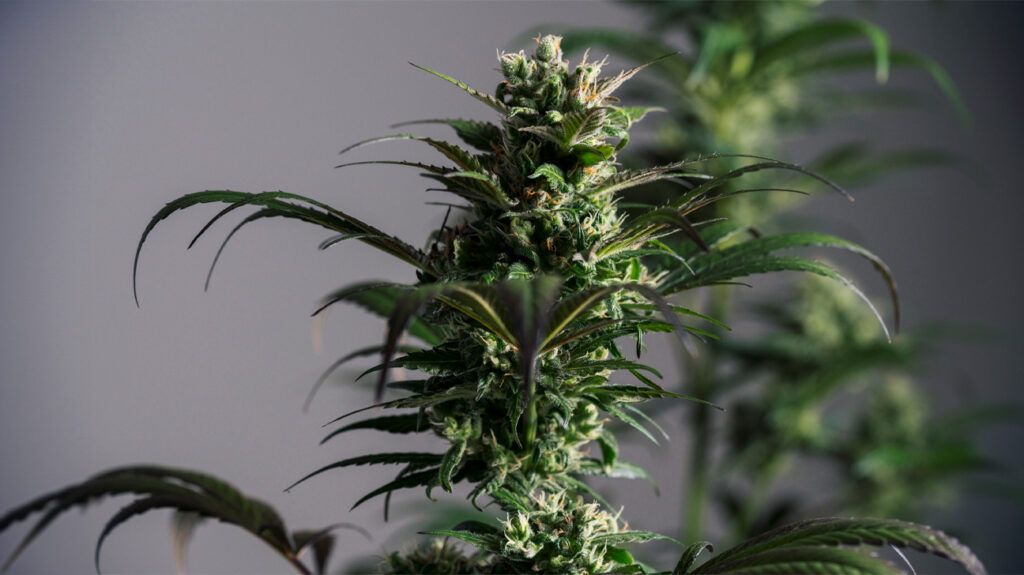Cannabis plants naturally produce cannabidiolic acid (CBDA), which is a precursor to cannabidiol (CBD). After heat exposure, the CBD present in the raw cannabis plant converts to CBDA.
The cannabis plant contains many substances known as cannabinoids. Both CBDA and CBD are cannabinoids, with CBDA being the precursor of CBD. Both chemicals are similar, but they interact with the body in different ways. Unlike CBD, CBDA does not directly bind to endocannabinoid receptors but instead inhibits certain enzymes.
CBDA and CBD can work together, and when this happens, researchers call it an entourage effect. An entourage effect occurs when the inactive parts of the cannabis plant help enhance the effect of the more active parts.
CBDA and CBD are not responsible for the high that people associate with cannabis, unlike tetrahydrocannabinol (THC). As such, some hemp-derived CBD products with less than 0.3% THC are federally legal under the 2018 Farm Bill.
Is CBD legal?The 2018 Farm Bill removed hemp from the legal definition of marijuana in the Controlled Substances Act. This made some hemp-derived CBD products with less than 0.3% THC federally legal. However, CBD products containing more than 0.3% THC still fall under the legal definition of marijuana, making them federally illegal but legal under some state laws. Be sure to check state laws, especially when traveling. Also, keep in mind that the FDA has not approved nonprescription CBD products, and some products may be inaccurately labeled.

CBDA is a precursor to CBD. Cannabis plants cannot naturally make CBD. The hemp seed oil of the cannabis plant contains
The release of carbon dioxide is a process called decarboxylation. While using heat is the quickest method of decarboxylating CBDA, the process
CBDA is part of the minor cannabinoids group, which are divided into several categories. This
- cannabidiolic acid (CBDA)
- cannabinol (CBN)
- cannabichromene (CBC)
- cannabigerol (CBG)
- cannabigerolic acid (CBGA)
- tetrahydrocannabinolic acid (THCA)
- cannabinolic acid (CBNA)
CBD is easier for the body to metabolize than CBDA. CBDA and CBD can work together in the body to enhance each other’s effects. Despite being chemically different, they have many potential health benefits.
CBDA also works differently from CBD,
When CBDA is bound to the COX-2 enzymes, it
CBDA also interacts with serotonin receptors, so it may be a helpful drug to take during chemotherapy. During chemotherapy, the body can release an excessive amount of serotonin, which can cause nausea. However, in some animal studies, CBDA can reduce feelings of nausea via its interaction with serotonin receptors.
However, while CBDA may be more potent than CBD and consequently
CBDA is not better than CBD. Both have different applications.
When using the two substances together, they
However, extracting and purifying CBDA to CBD makes CBD a safer product, as it destroys many contaminants during this process.
However, the
While most of the research into CBDA uses animal studies, there
- nausea
- motion sickness
- cancer
- inflammation
- anxiety
- bipolar disorder
Other evidence also suggests CBDA
- cardiovascular disease
- seizures
- pain relief
Research investigating the therapeutic effects of CBDA is ongoing, so it is unclear what its full benefits are. However, there are
It is important to remember that while some emerging benefits of CBDA exist, the
CBDA and other cannabinoids do interact with the drug-metabolizing enzyme CYP3A4. When disruption occurs to this enzyme, it can affect the metabolization of drugs and CBDA in the body. Metabolization of roughly
CBDA is a precursor for CBD. It is different from other cannabinoids as it is an acidic cannabinoid that requires decarboxylation to make CBD. Similar to CBD, CBDA may possess some health benefits. Researchers are focussing on the therapeutic effect of CBDA and how it can work with CBD to produce an entourage effect.
